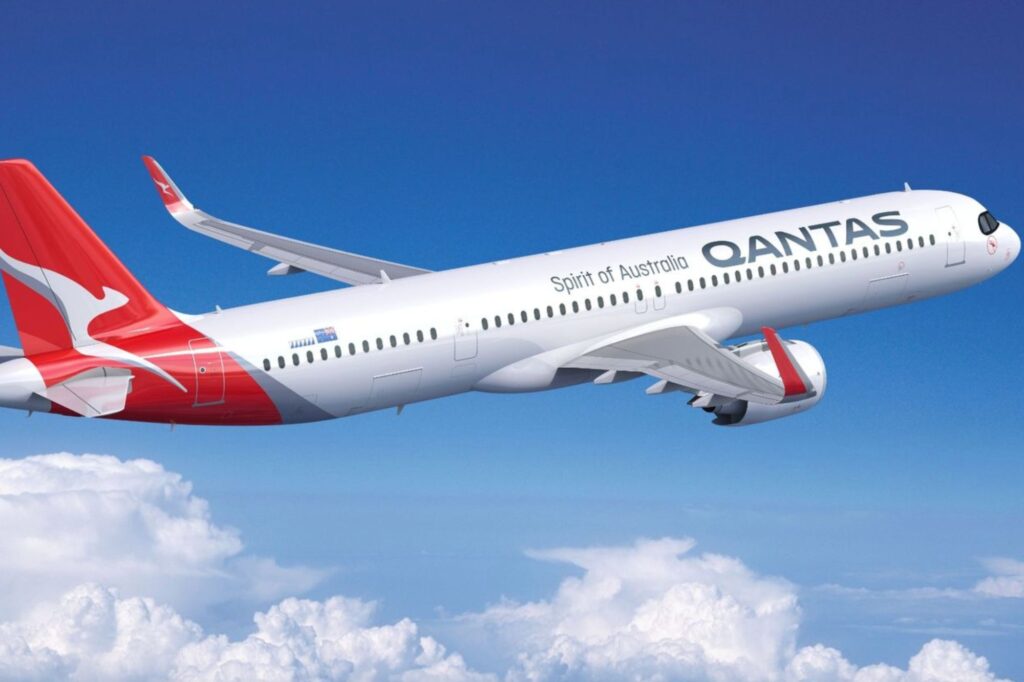Qantas pilots have commenced training in preparation for the arrival of the airline’s first Airbus A321XLR aircraft.
As part of its fleet renewal program, the Australian national carrier ordered 28 of the A321XLR aircraft, with the first arrival set for April 2025.
Over the next decade, Qantas plans to gradually replace its fleet of Boeing B737 with the A321XLRs.
The A321XLR is currently the longest-range variant of the Airbus A320 family, which will enable Qantas to open up new non-stop routes which are not possible with its existing fleet.
Ahead of the arrival of the first A321XLR, Qantas pilots have begun training on a new simulator, a CAE 7000XR Series A320 that took 34 days to be shipped from Montreal, Canada to Australia in early 2024.
The simulator is now based in the new Sydney Flight Training Centre, which is expected to have more flight simulators and training equipment in place by the end of 2024, when the facility should become fully operational.
According to Qantas, more than 240 of its pilots will be trained on the A321XLR aircraft over the next three years. Around 2,000 cabin crew will also be progressively trained on the new aircraft type as they enter the fleet.
“Qantas will be one of the first airlines in the world to operate the A321XLR and ahead of the arrival of our first aircraft next year, we’ve started pilot training and finalized the details of the customer experience,” Qantas CEO Vanessa Hudson said.
“New aircraft mean more jobs, training and promotion opportunities for our people.
The A321XLR is a fantastic aircraft to be part of our next generation fleet, and its range and versatility will give us the opportunity to explore more non-stop routes and operate them cost effectively,” Hudson added.
Full A321XLR fact sheet here
The A321XLR is five meters longer than Qantas’ outgoing 737s and will be configured to seat 197 people (20 business, 177 economy) – a 13% increase across the whole cabin with no reduction in space between seats and a 66% increase in premium seats.
It can fly approximately 3,000km further than the 737 and opens up a wider range of direct domestic and short haul international routes for Qantas, such as South East Asia and the Pacific Islands.

